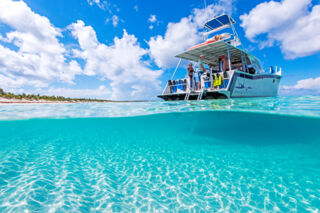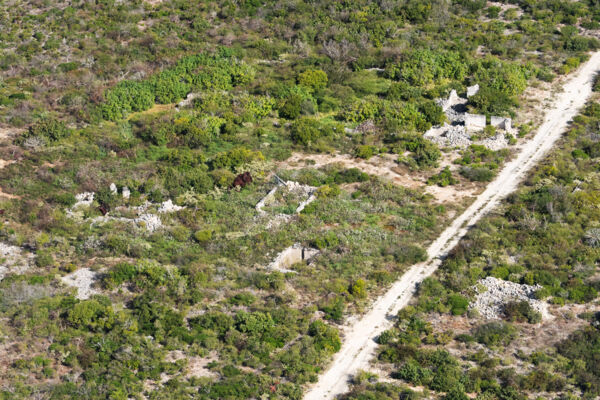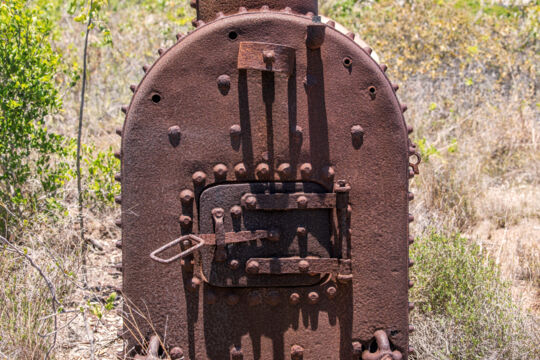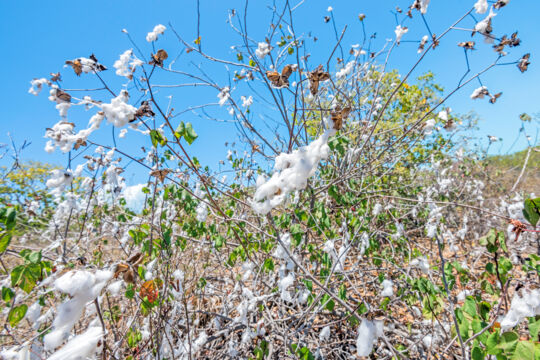Yankee Town West Caicos

Found on the remote central west coast of uninhabited West Caicos, Yankee Town is a late 19th-century abandoned and ruined settlement. Established by the West Caicos Sisal Company in 1891, this site was the base of operations for sisal and cotton planting. Early plans for this settlement had the name Charleston, however, that name ultimately fell by the wayside.
Due to the contained nature of the settlement and certain historical features, Yankee Town is one of the finest historical sites in the Turks and Caicos.
Unlike the late 18th century Loyalist-era plantations on North Caicos, Middle Caicos, and Providenciales—which mainly focused on growing sea island cotton—West Caicos' primary crop was the fibrous agave plant known as sisal. After initial processing, the fiber extracted from the long leaves of the sisal plant was exported for rope production.
Of all the major agriculture attempts in the Turks and Caicos, the Yankee Town plantings of the West Caicos Sisal Company were the shortest-lived. Although obvious care and attention went into the construction of the settlement, the site and parent company were operational for only one decade and work ceased in 1903. Evidence suggests that financial mismanagement prematurely put an end to the business.
Approximately seven stone buildings, several cisterns, wells, the machinery, and the railroad are the remaining standing testaments to Yankee Town.
Yankee Town is not an official tourist attraction and as such has no safety considerations or paths onsite. The interior Lake Catherine is a nature reserve and highly important to many types of coastal and wading birds. Avoid entering this region. See coral sumac for tips on identifying the tree.
The Transition From Steam
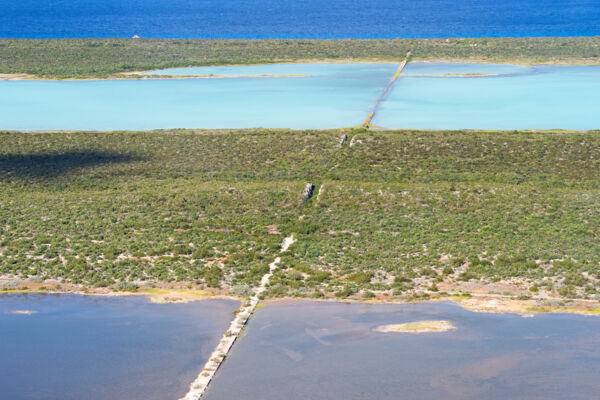
Yankee Town is a great place to explore the history of the Turks and Caicos. Several pieces of interesting antique heavy machinery still stand in Yankee Town.
The Burrell Traction Engine
The best-known antique machine is a largely intact and massive Burrell traction engine, a precursor to the modern farm tractor. Although the sheet iron boiler and tanks have seen serious corrosion and decay, the cast iron components have actually fared quite well considering the marine environment.
This circa 1904 steam "road locomotive" was built by Charles Burrell and Co in Thetford, England. It was commissioned by Pita Ltd (pita is a synonym for sisal).
There is somewhat of a mystery surrounding the initial intended destination for the engine. Records indicate that the machine was destined for West India, and was mistakenly shipped to West Caicos in the West Indies. The 1904 manufacture date of the tractor appears to back this up, as Yankee Town would have been largely defunct by this year.
Crossley Kerosene Engine
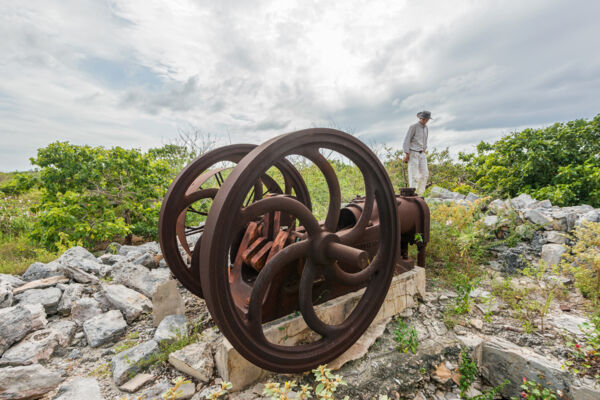
Another beautiful piece is a Crossley horizontal kerosene (paraffin oil) engine produced in Manchester, England in the final years of the 1800s. This primitive internal combustion engine appears to have been set up to run large belts (probably to turn pumps) or possibly T. A. Smith’s patented “Fiber Decorticating Machine,” which was used to process sisal leaves.
It’s quite fascinating to see a prime example of the transition point in history when the steam engine conceded to the internal combustion engine.
Several boilers and a pump still remain hidden in the low vegetation as well.
The Railroad
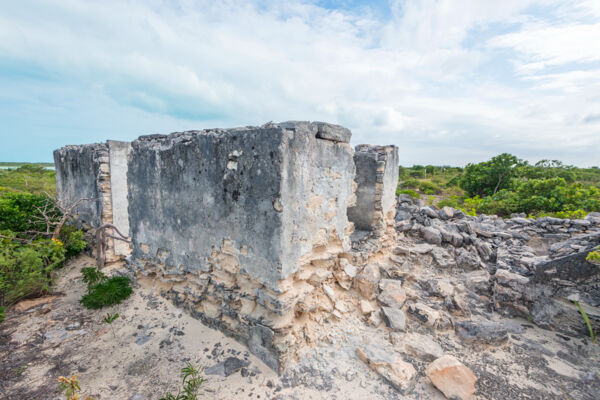
Built to facilitate the efficient movement of the sisal crop, a rock causeway with a small gauge railroad was constructed across the central Lake Catherine. This system supported donkey-drawn rail carts, similar to what was used in the guano cave excavations on East Caicos.
Contrary to the railroad on East Caicos, which used wood sleepers (likely sourced locally), the West Caicos railroad used stamped sheet metal sleepers. Although pressed out of a thin ferrous metal, the majority remain intact despite the high salinity of the adjacent water.
The railroad also features another unique sight for the Turks and Caicos: a railway cut through a small limestone hill.
A Unique Currency
As was likewise the case with a few of the larger sea salt production firms that operated on Grand Turk, South Caicos, and Salt Cay, the West Caicos Sisal Company issued token coins as payment to its workers.
Stuck from nickel and brass by S. H. Quint of Philadelphia, these tokens were produced in one and two shilling, sixpence, threepence, penny, and halfpenny denominations.
These tokens were only accepted in the company store, which definitely limited the financial freedom of the field workers.
Access and Visiting
Although the grounds surrounding Yankee Town are relatively open, access remains difficult due to the general location and remoteness of West Caicos.
Several of the Providenciales boat charters do occasionally visit the excellent nearby snorkeling sites of the West Caicos Marine National Park, and it’s often a possibility on such an excursion to swim ashore and scale the low coastal cliffs to visit Yankee Town.
To get the most from your visit, you may want to consider going with a knowledgeable outdoor guide.
Preservation and Protected Status
Yankee Town is a historical site. It is illegal to damage the site or take any artifacts.
Tour Companies
